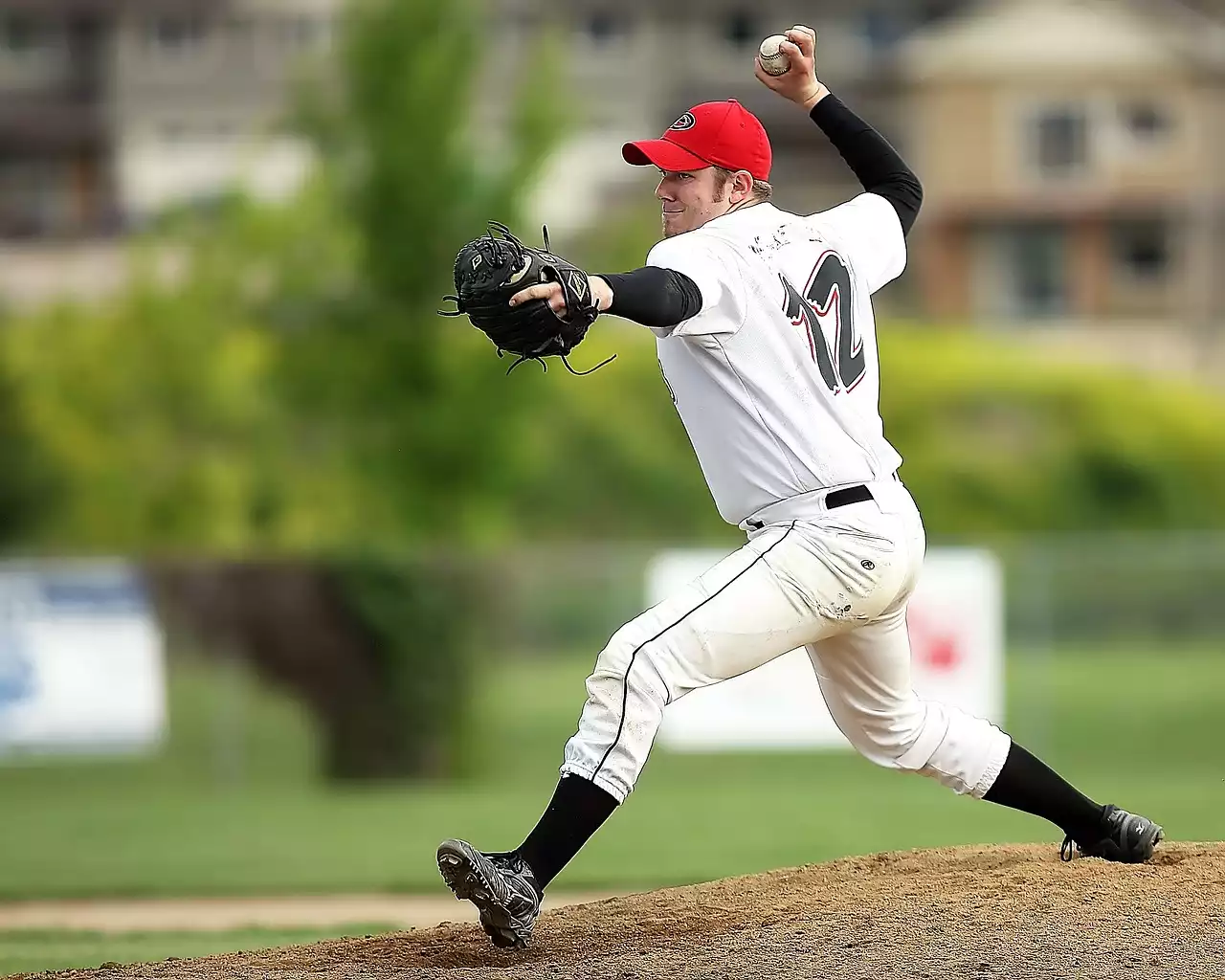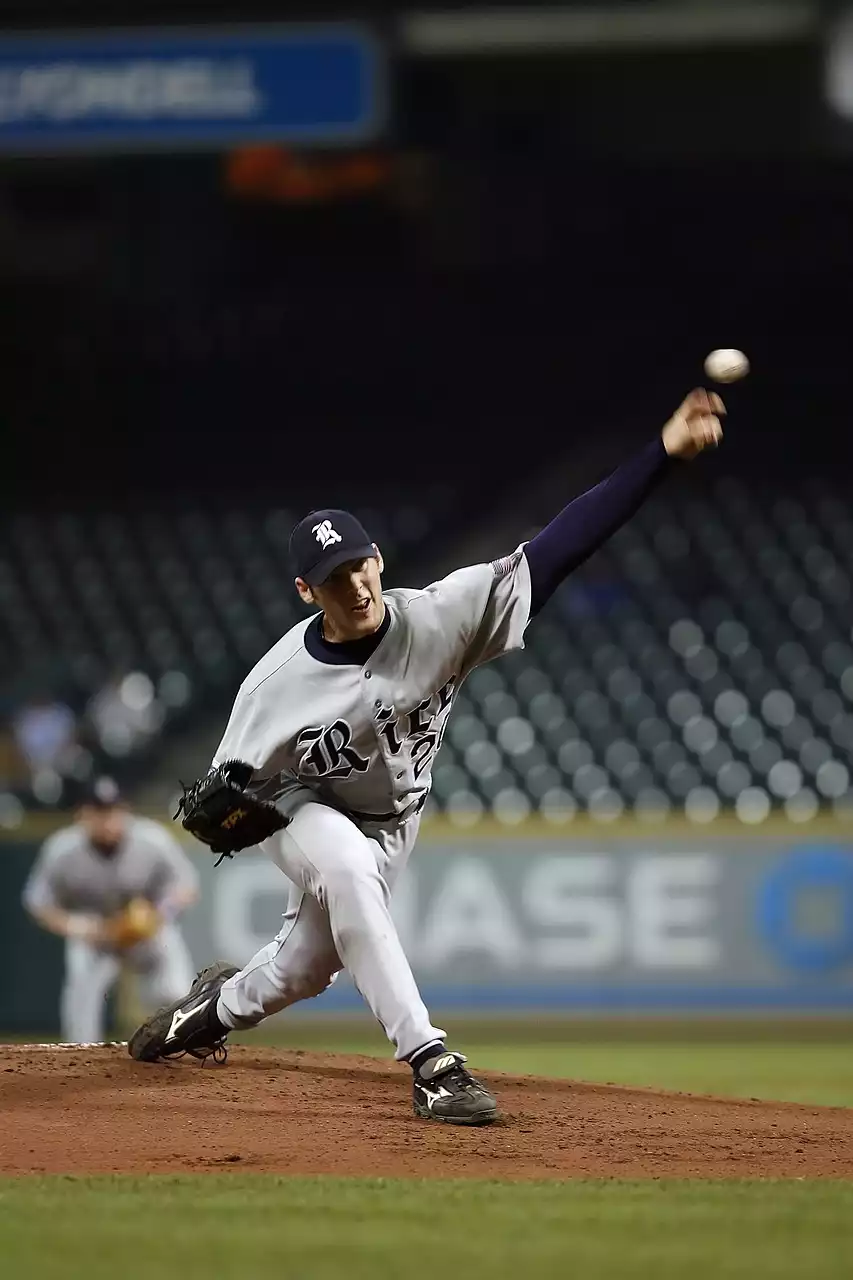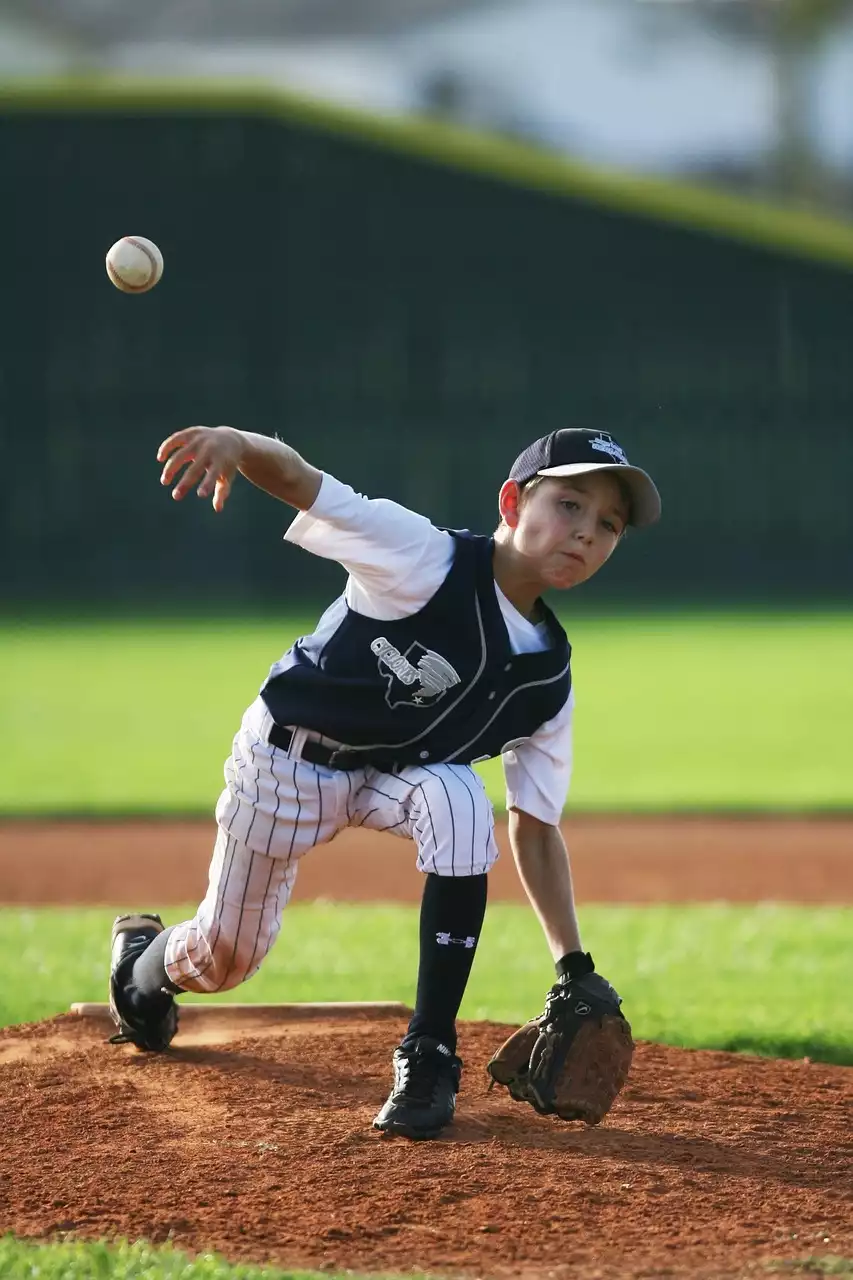The Basics of the Different Pitch Grips
A pitcher’s grip on the baseball is an integral part of his or her performance. Every grip has its own unique characteristics that can help the pitcher gain an advantage over the batter. The four main grips used in baseball are the 4-seam fastball, 2-seam fastball, changeup, curveball, slider, and knuckleball. Each grip has its own advantages and disadvantages, and it is important to understand the basics of each before deciding which one is best for you.
The 4-seam fastball is the most commonly used grip in baseball and is used to throw a straight pitch. It is the most accurate grip and is often used to set up other pitches, such as the changeup and curveball. The 2-seam fastball is similar to the 4-seam, but the ball is gripped slightly differently, allowing it to break more sharply. The changeup is a slower pitch that is designed to surprise the batter. The curveball is an off-speed pitch that can be thrown with a variety of grips, but is usually thrown with a standard curveball grip. The slider is an off-speed pitch that is thrown with a slightly different grip than the curveball. The knuckleball is a unique pitch that is thrown with the fingertips and is often used to fool the batter.
Why the Right Pitch Grip Matters
Having the right pitch grip is essential for any successful pitcher. It not only helps the pitcher to throw accurately and with precision, but also helps to gain a competitive edge over the batter. Having the right grip can make all the difference between a successful pitch and a weak one. The right grip can also help a pitcher to increase the speed of their pitch, as well as the break of the ball.
The right pitch grip is also important for the pitcher’s safety. If the pitcher is gripping the ball incorrectly, it can cause pain and even injury to their arm or shoulder. It is important to practice the correct grip for each pitch to ensure that the pitcher is using the correct motion and pressure when throwing the ball.
4-Seam Fastball Grip
The 4-seam fastball is the most commonly used grip in baseball and is used to throw a straight pitch. This grip is used for both fastballs and off-speed pitches. To throw a 4-seam fastball, the pitcher should place his or her index and middle fingers along the laces of the ball, with the thumb underneath the ball. The pitcher should then grip the ball with the fingers and thumb evenly distributed along the top of the ball. This grip is used to throw a straight pitch and can be used to set up other off-speed pitches.
2-Seam Fastball Grip
The 2-seam fastball is similar to the 4-seam, but the ball is gripped slightly differently, allowing it to break more sharply. To throw a 2-seam fastball, the pitcher should place his or her index and middle fingers along the seams of the ball, with the thumb underneath the ball. The pitcher should then grip the ball with the fingers and thumb evenly distributed along the top of the ball. This grip is used to throw a sharp breaking pitch and can be used to set up other off-speed pitches.
Changeup Grip
The changeup is a slower pitch that is designed to surprise the batter. To throw a changeup, the pitcher should place his or her index and middle fingers along the laces of the ball, with the thumb underneath the ball. The pitcher should then grip the ball with the fingers and thumb slightly closer together than when throwing a 4-seam fastball. This grip is used to throw a slower pitch and can be used to set up other off-speed pitches.
Curveball Grip
The curveball is an off-speed pitch that can be thrown with a variety of grips, but is usually thrown with a standard curveball grip. To throw a curveball, the pitcher should place his or her index and middle fingers along the laces of the ball, with the thumb underneath the ball. The pitcher should then grip the ball with the fingers and thumb slightly spread apart. This grip is used to throw a curveball and can be used to set up other off-speed pitches.
Slider Grip
The slider is an off-speed pitch that is thrown with a slightly different grip than the curveball. To throw a slider, the pitcher should place his or her index and middle fingers along the laces of the ball, with the thumb underneath the ball. The pitcher should then grip the ball with the fingers and thumb slightly spread apart, but not as far apart as when throwing a curveball. This grip is used to throw a slider and can be used to set up other off-speed pitches.
Knuckleball Grip
The knuckleball is a unique pitch that is thrown with the fingertips and is often used to fool the batter. To throw a knuckleball, the pitcher should place his or her index and middle fingers along the laces of the ball, with the thumb underneath the ball. The pitcher should then grip the ball with the fingertips and thumb spread apart. This grip is used to throw a knuckleball and can be used to set up other off-speed pitches.
Tips for Perfecting Your Pitch Grips
Having the right grip on the baseball can make all the difference when it comes to pitching. It is important to practice the proper grip for each pitch in order to ensure that you are using the correct motion and pressure when throwing the ball. Here are some tips for perfecting your pitch grips:
Practice the grip for each pitch on a regular basis. This will help you to become familiar with the grip and ensure that you are using the correct motion and pressure when throwing the ball.
Make sure that your grip is not too tight or too loose. A tight grip can lead to pain and injury, while a loose grip can lead to wild pitches.
Experiment with different grips to find the one that works best for you. Different grips can produce different results, so it is important to find the one that works for you.
Focus on the fundamentals of pitching. Having the right grip is important, but it is equally important to focus on the fundamentals of pitching, such as your stance, arm motion, and release point.









